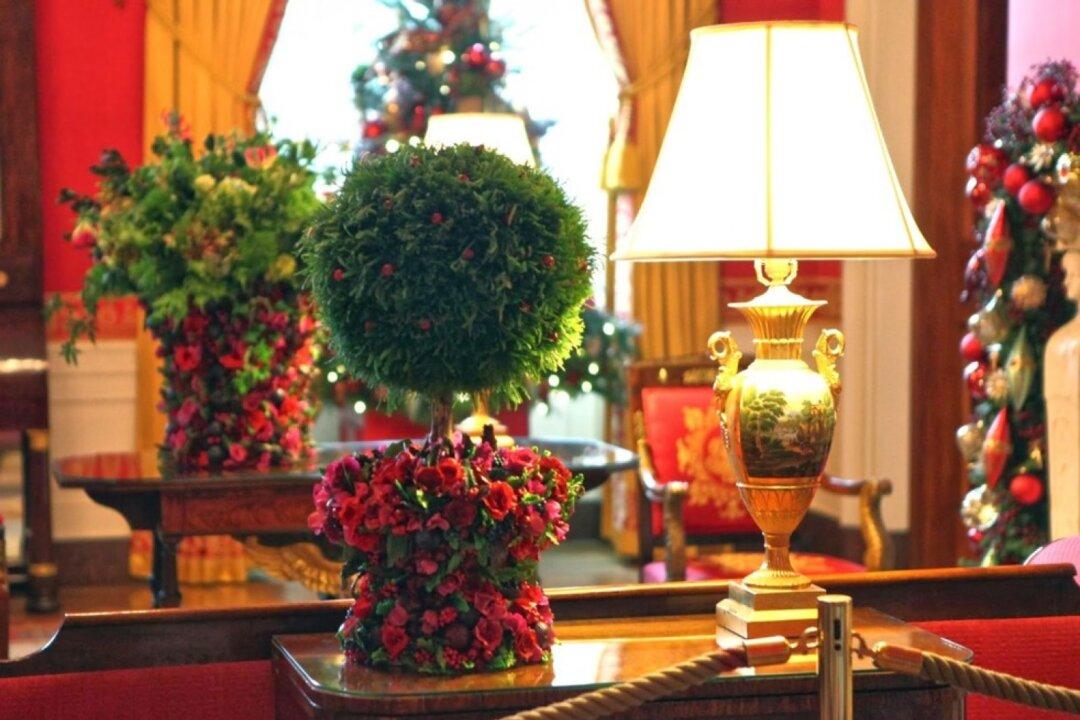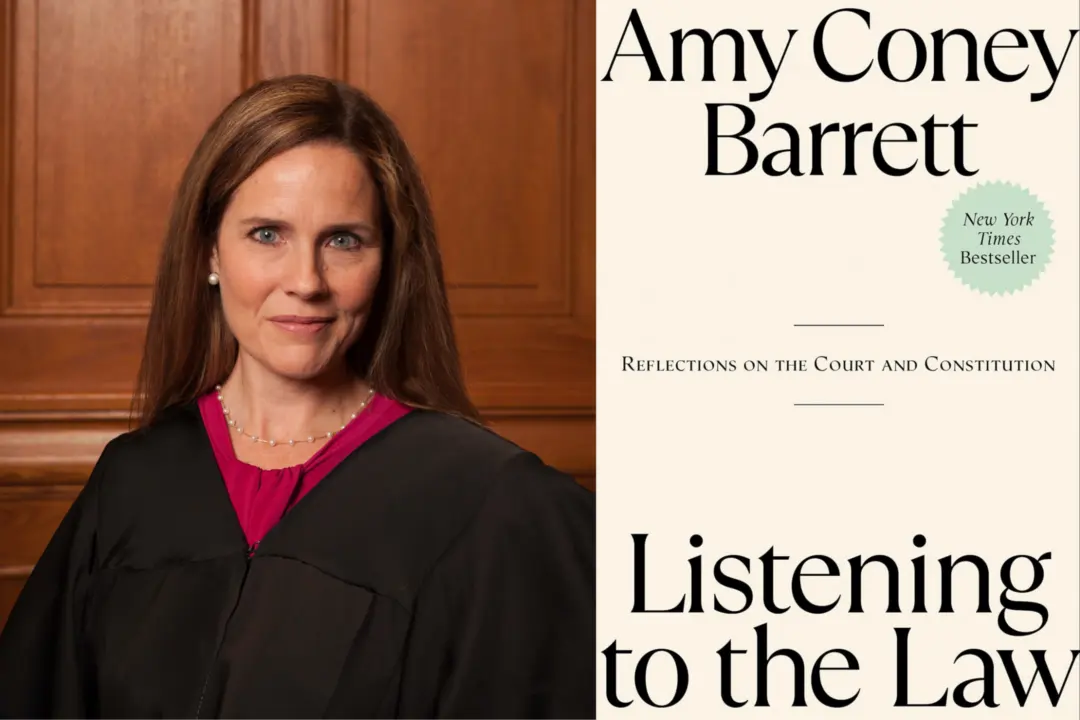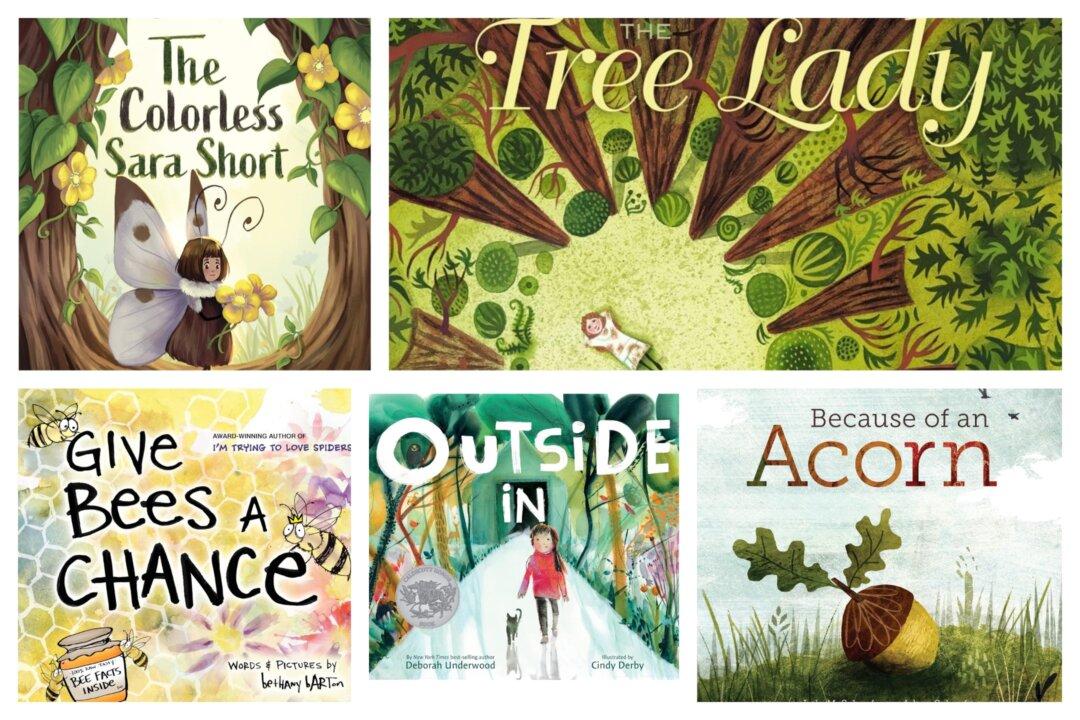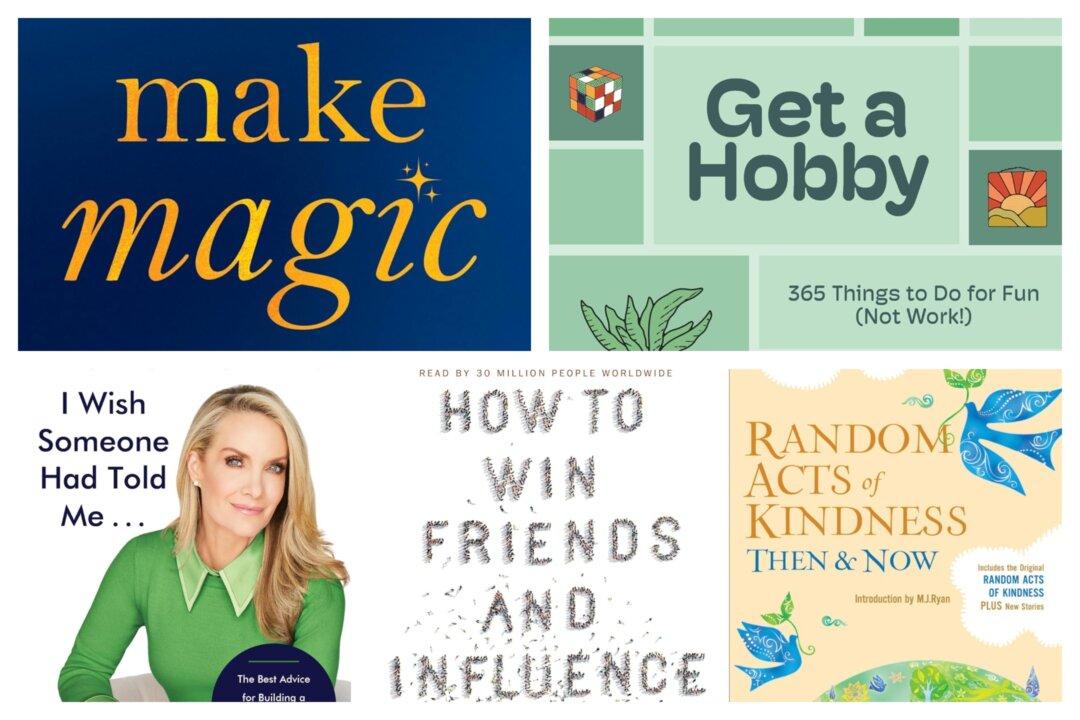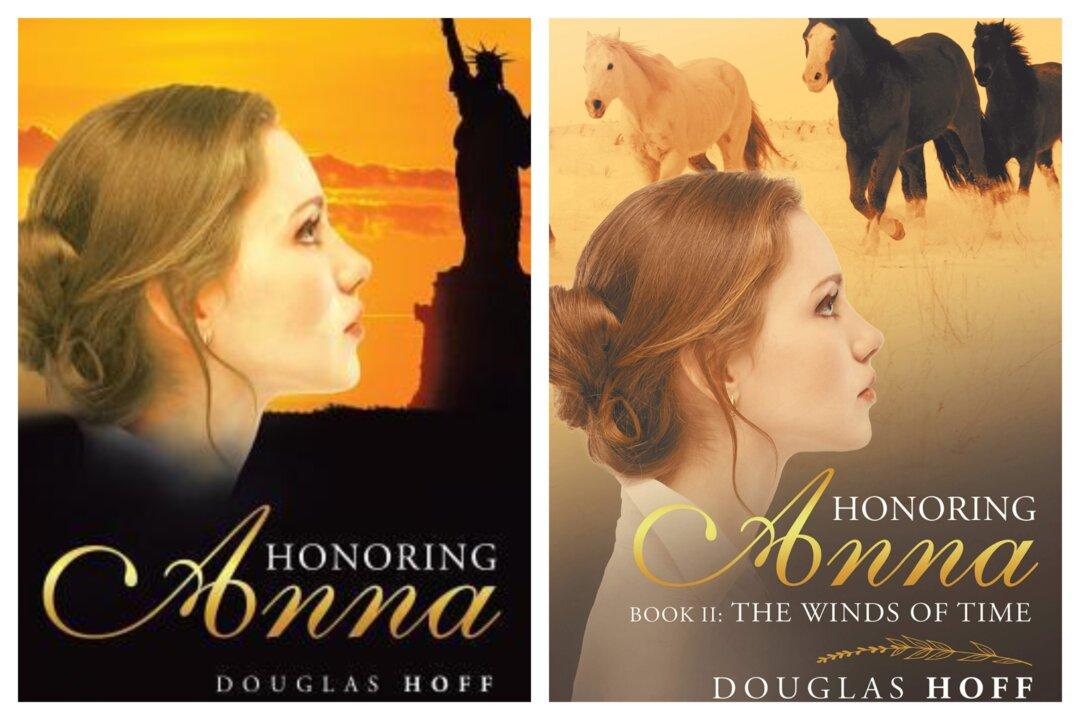In a new book by Laura Dowling, “A White House Christmas: Including Floral Design Tutorials,” readers can enjoy a tour of holiday decor at the White House—not only the home of presidents but also a museum of American history—and crafters can stimulate their creative sides by indulging in the gorgeous photos, accompanied in many cases by excellent tutorials. Lavishly produced with many photographs, the book offers tremendous variety.
Laura Dowling served as chief floral designer for the White House for six years (2009–2015) during the Obama era. She managed the flowers and decor for all White House events, including Christmas.

